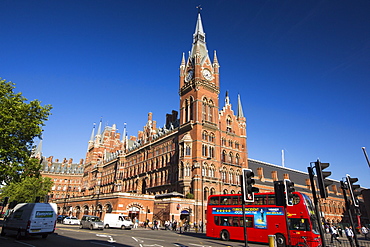Results
11 results found
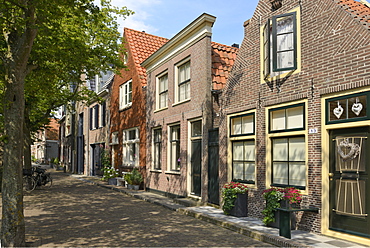
Street of uniquely individual Dutch houses, Zuider Havendijk, Enkhuizen, North Holland, Netherlands, Europe
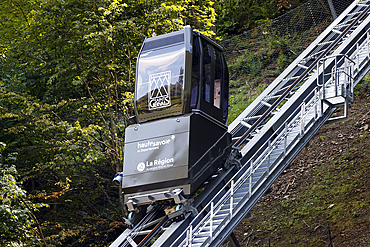
The new elevator of the thermal baths using a wastewater-based system, Saint Gervais, Haute-Savoie, France
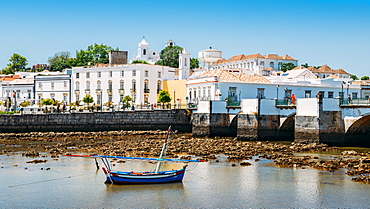
Tavira, an ancient Moorish town that has retained its unique character and heritage, Tavira, Algarve, Portugal, Europe

Wreck of a C-53 Skytrooper, which went down on February 26, 1942 in Vansittart Bay, Kimberley, Western Australia, Australia, Pacific
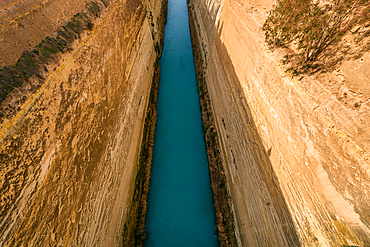
Corinth Canal connecting the Gulf of Corinth in the Ionian Sea with the Saronic Gulf in the Aegean Sea, Greece

Passenger train moving away on unique circular curving portion of spiral track around a hill in order to gain elevation, Demodara Loop, at Demodara Railway Station in hill country of Sri Lanka
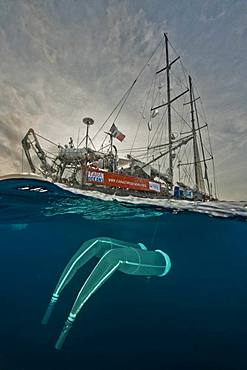
Tara Oceans Expeditions - May 2011. Tara with deployed plancton nets. On "station", the boat is drifting without engine or sails. Tara Oceans, a unique expedition: Tara Oceans is the very first attempt to make a global study of marine plankton, a form of sea life that includes organisms as small as viruses and bacterias, and as big as medusas. Our goal is to better understand planktonic ecosystems by exploring the countless species, learning about interactions among them and with their environment. Marine plankton is the only ecosystem that is almost continuous over the surface of the Earth. Studying plankton is like taking the pulse of our planet. Recently, scientists have discovered the great importance of plankton for the climate: populations of plankton are affected very rapidly by variations in climate. But in turn they can influence the climate by modifying the absorption of carbon. In a context of rapid physico-chemical changes, for example the acidification observed today in the world's oceans, it is urgent to understand and predict the evolution of these particular ecosystems. Finally, plankton is an astonishing way of going back in time ? a prime source of fossils. Over the eons, plankton has created several hundred meters of sediment on the ocean floors. This allows us to go back in time, to the first oceans on Earth, and better understand the history of our biosphere. More than 12 fields of research are involved in the project, which will bring together an international team of oceanographers, ecologists, biologists, geneticists, and physicists from prestigious laboratories headed by Eric Karsenti of the European Molecular Biology Laboratory. Galapagos






